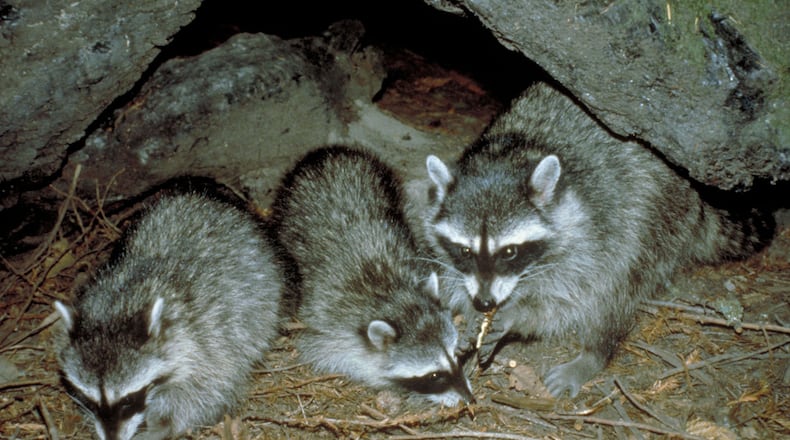“The wildlife that survive may be more visible as they try to find food and rebuild in areas that are no longer familiar to them.”
Dayton still standing strong in face of housing issues
On the popular tornado-recovery Facebook page “Beavercreek Tornado Network,” dozens of people have reported seeing an influx of skunks, birds and raccoons in their neighborhoods.
Barnes Wildlife Control removes animals that make their way into residential areas. Manager Melissa Barnes noted that after the tornadoes, their busy season became busier.
“This time of the year is busy regardless,” Barnes said. “This happening just creates an opening for animals to make the tornado damage their home. Roof and chimney damage provides a nice open door and it’s the perfect situation for them to build a new home. We tell people to get the problem assessed — don’t let it sit, because that brings the risk for complications.”
DAYTON STRONG: 30 breweries to raise money for tornado this weekdnd at ‘Beer Bash’
Many animals are also hurt by the storms. “Unfortunately these storms bring about various injuries to the wildlife,” Gay said. “Among some of the common are spinal injuries to animals thrown from trees, wounds from flying debris, drownings and lack of nutrition because of a disruption in their typical food source.”
Wild Again Rescue specializes in rescuing and rehabilitating injured wildlife. Gay says her rescue experiences an increase in calls and messages in the wake of any harsh storm, and these tornadoes are no different.
“Despite popular belief, humans make very poor surrogate parents to wildlife babies, so our first objective is to try reuniting babies with their parents,” Gay said. “We offer guidance to people to give these animals every possible chance. Occasionally it’s not always the outcome we hope for, and we have to intervene — but when instructions are followed properly, they have a much better chance of survival.”
Therapy dogs join Montgomery County Sheriff’s Office new initiative
HELPING DISPLACED ANIMALS
What to do when encountering a displaced or injured animal:
Take a picture/video of the animal capturing the injury.
Contact a licensed wildlife rehabilitator with details of what you're observing.
Quietly observe and assess the situation.
Avoid unnecessary handling of the animal.
About the Author
